


The Honda Brio is up against the Maruti Suzuki Swift, whose previous generation ruled the Indian market. We fi nd out if the new entrant has the potential to dethrone the reigning king
The Maruti Suzuki Swift haS been one of the most favourite hatchbacks in the indian market for some years now. it succeeded in casting a spell on the customers with its sporty styling, good performance, decent handling and its highly fuel-efficient engine. there is no denying that the new Swift carries forward the genes from its previous generation with improved styling, a little more space and a few additional gizmos in the cabin.
Just when we thought that the good Swift had got better, honda brought in the Brio to compete against the best in this highly competitive market, which is growing by leaps and bounds. in a situation where survival is determined mainly by the value-for-money factor, there is no doubt that a huge task confronts the Brio – to prove its potential while being extremely cost-effective.
To see how the Brio fares against the best in the segment, we put it against the Swift through a number of tests, the results of which were rather surprising!


 Design And Styling
Design And Styling
The Swift’s curvaceous body took some time to gel with the Indian mindset. However, once it did, it swiftly became a favourite, especially amongst the youth. With its new, sharper headlights and tail-lights, new front grille and the sharply sliced boot-lid, the Swift took a step forward to keep up with modern day design lines. Though most of the styling has fallen in place by now, we still have our reservations about the boot-lid, which looks as if it has been cut short very abruptly.
On the other hand, we have the Brio, which brings with it a completely fresh design and styling. It is shorter than the Swift, but almost the same in length and width. The Brio takes cues from the Jazz for its front-end design. But the real eye-catcher is the rear end. The boot-lid is a completely frameless glass. So when you need to open the hatch, you actually open the glass and load or unload your stuff from the boot. Reminds you of the old Maruti 800, doesn’t it? But this one is prettier and, as Honda claim, stronger too, because the glass used here is tougher than ordinary glass, so that it can take all the openings and closings without a grumble. From the rear, this car looks wide at the bottom and tapers towards the top. Its round lights, huge glass and the tapering shape give the Brio a unique look for sure. Overall, we find this Honda to be a cute little car, which will appeal to one and all with its fresh styling and unique design elements.


 Interior And Cabin Space
Interior And Cabin Space
The all-black dashboard of the Swift feels and looks a little better than the beige-black-chocolate coloured one in the Brio. The fit and finish, too, feel a little better in the Swift than in the Brio. Even the switches and levers in the Swift have a slight edge over the ones in the Brio. For example, the pass flash lever in the Brio doesn’t have a smooth on/off action like that in the Swift. There is a little roughness to it, which takes away from the feel-good factor.
However, cabin space is something that took us by surprise. Though the Swift looks bigger, the Brio actually has a little more knee-room at the front and back and it has more shoulder space too. The head room on the rear seats in the only place where the Swift scores over the Brio. 

 Gizmos And Features
Gizmos And Features
There is no doubt that however little they may matter, gizmos have to be there in a car to impress the Indian customer. In this case, both the Swift and Brio (top-end models under consideration) stand abreast with good music systems, multi-information screens, steering-mounted controls, USB/aux inputs and what have you. There was only one minor, but a real shortcoming that we came across in the Brio. The steering-mounted controls here are not backlit, which means that while driving at night, you end up changing the radio channel or sound track instead of adjusting the volume, or vice-versa, since you cannot see which button is for what.
On the features front, the top end models of both the cars have ABS, driver and passenger airbags and alloy wheels etc.
 Performance, Drive And Handling
Performance, Drive And Handling
Both these cars run on petrol and both have 1.2-litre engines. However, the K10 engine from Maruti Suzuki makes 87 PS of peak power while the one in the Brio (the same as that in the Jazz, albeit slightly de-tuned for power) makes 88 PS of peak power. On the maximum torque front, the Swift makes 114 Nm while the Brio stands a little low at 109 Nm. However, being 140 kg lighter than the Swift and equipped with better aerodynamics, the Brio’s performance on road shows a different image than that on paper. While the Swift takes 14.35 seconds to sprint from zero to 100 km/h, the Brio does so in 13.03 seconds. Even the roll-on figures in each gear show that the Brio performs better than the Swift. The bottom end of the Brio is much better than the Swift’s – while the Swift takes 77.6 seconds to go from 40 km/h to 120 km/h in the fifth gear, the Brio does so in 37.3 seconds. There is thus no doubt that the Brio has a much stronger bottom and middle range than the Swift.
However, when it comes to the top end, the Brio suffers from a huge drawback in respect of its top speed, which has been restricted to approximately 140 km/h. The Swift, on the other hand, keeps on going until almost 170 km/h without any limitation (true speeds in both cases).
On the city driving front, the Brio is on the softer and lighter side than the Swift. Its steering wheel and pedals have a light action and that helps a lot while negotiating through dense city traffic. Similarly, a big plus point of the Brio vis-a-vis the Swift is that it offers better road visibility from the cabin than does the Swift. For spirited driving, too, the Brio, with its lower centre of gravity, is more stable and showcases less body-roll than the Swift. The Swift exhibits a little understeer while going fast through corners as against the Brio’s neutral steering feel.
All in all, the Brio brings a better driving package than the Swift. The enthusiasts have a new hatchback!
Fuel-efficiency And Price
The new generation of Honda engines have been extremely fuel-efficient and the Jazz and City are the right examples of the same. The Brio goes one step ahead and sets a benchmark at 18 km per litre within city and 26 km per litre on the highway, making it an impressive 20 kpl overall. For a petrol engine that is very creditable. On the other hand, though the Swift has been counted as one of the most fuel-efficient cars, it pales in comparison with the Brio with its city fuel-efficiency of 15.5 kpl and highway efficiency of 24 kpl, the overall figure being 17.6 kpl.
Now comes the crucial aspect – the price – which is something that determines the fate of a product in the Indian market to a great extent. While the new Swift ZXi carries a price-tag of Rs 6.30 lakh (OTR, Pune), the Brio VT proves itself to be a superior value-for-money package at Rs 5.86 lakh (OTR, Pune) for its top-end model.
 Verdict
Verdict
With all the aspects considered, there is hardly any doubt now. The Honda Brio is a superior package than the Maruti Suzuki Swift in almost every respect. It has better outright performance, better roll-on acceleration, better cabin space and better efficiency. Besides, it comes Rs 44,000 cheaper than the Swift. The Brio is here to set a new benchmark and is an excellent value-for-money car.
Story: Adhish Alawani
Photography: Sanjay Raikar






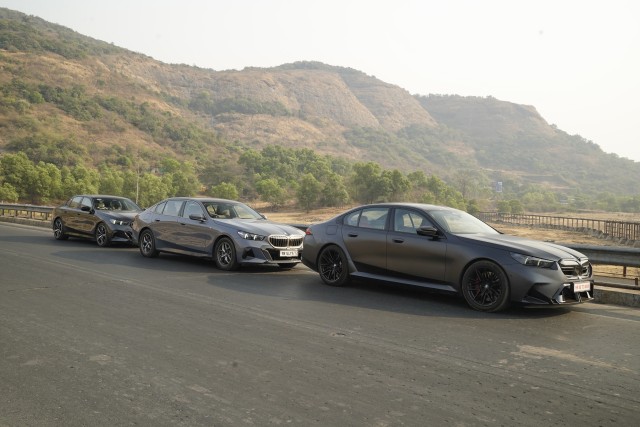

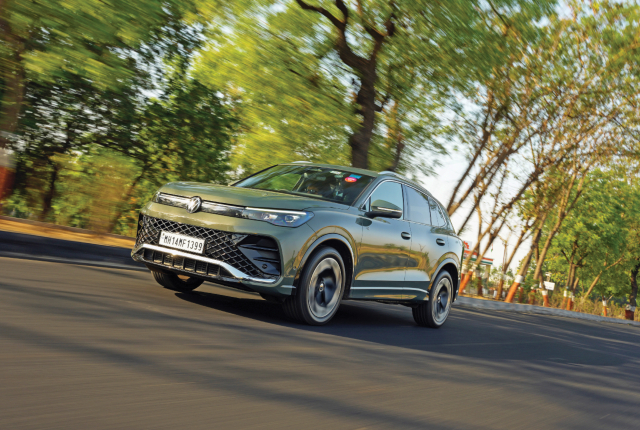
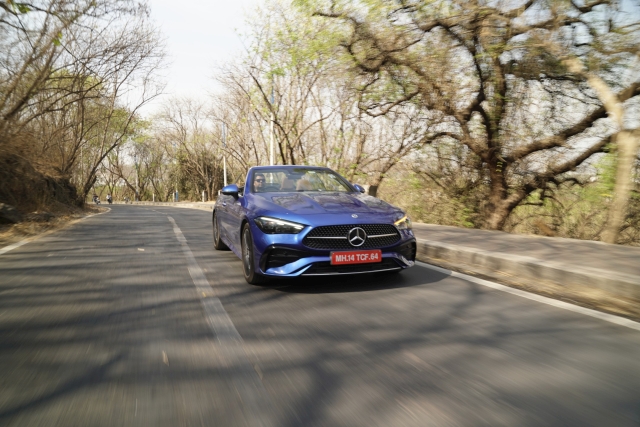

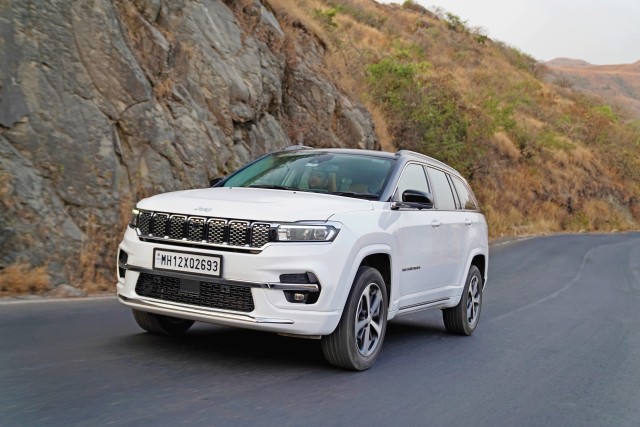
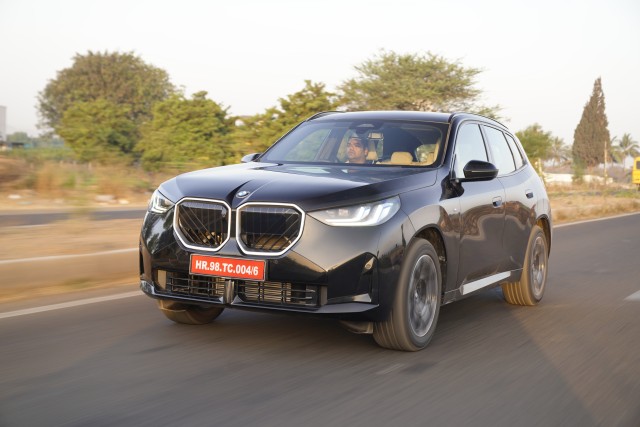
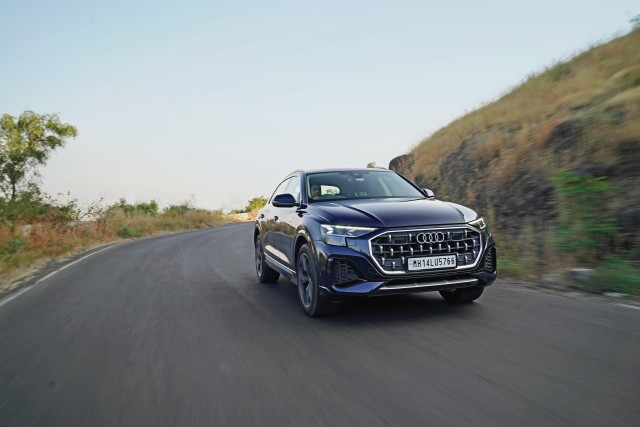
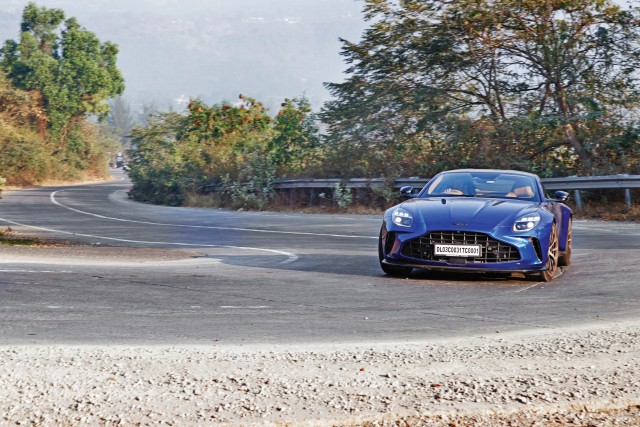
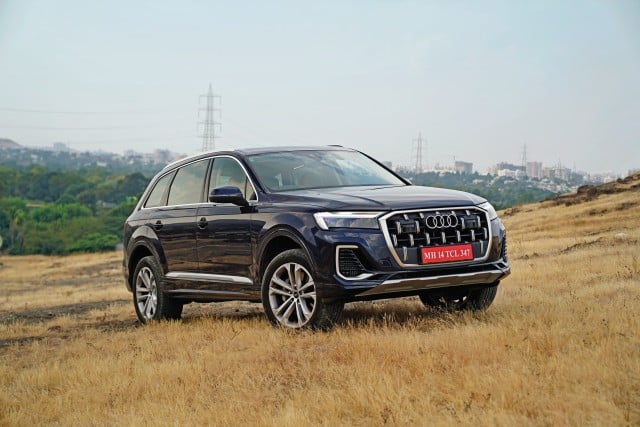
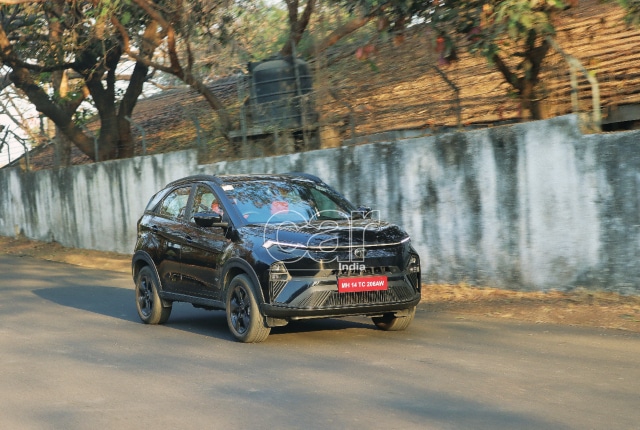




Leave a Reply